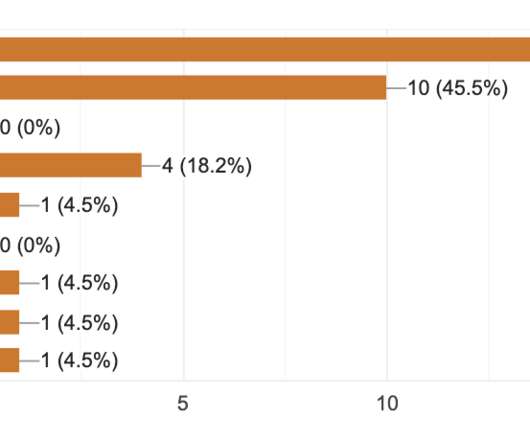Large-scale online course design? Use collaborative learning for high engagement
Joitske Hulsebosch eLearning
AUGUST 16, 2021
It is easy for people to drop out: due to urgent matters on their to-do list, due to learning assignments that do not exactly match their learning goals, due to not understanding the platform…. Collaborative learning can help keep people engaged and motivated online. Could I do that better through collaborative learning?


















Let's personalize your content